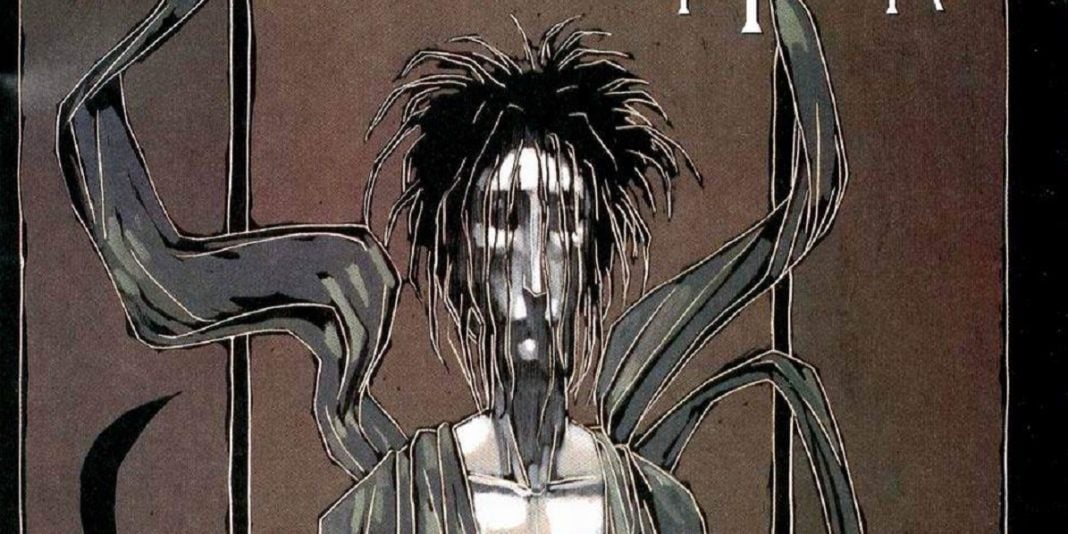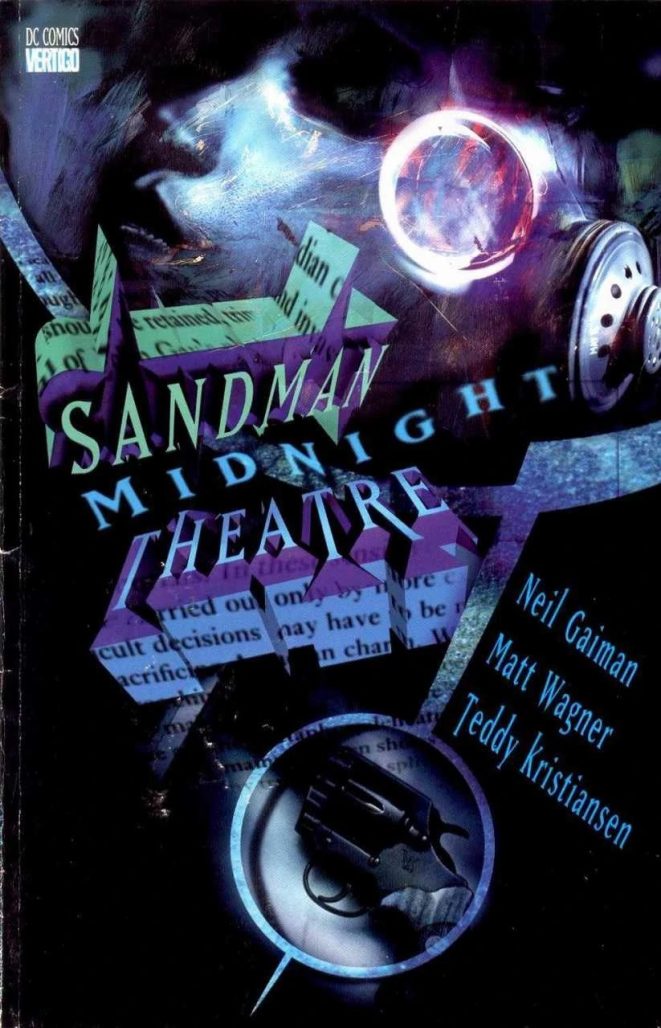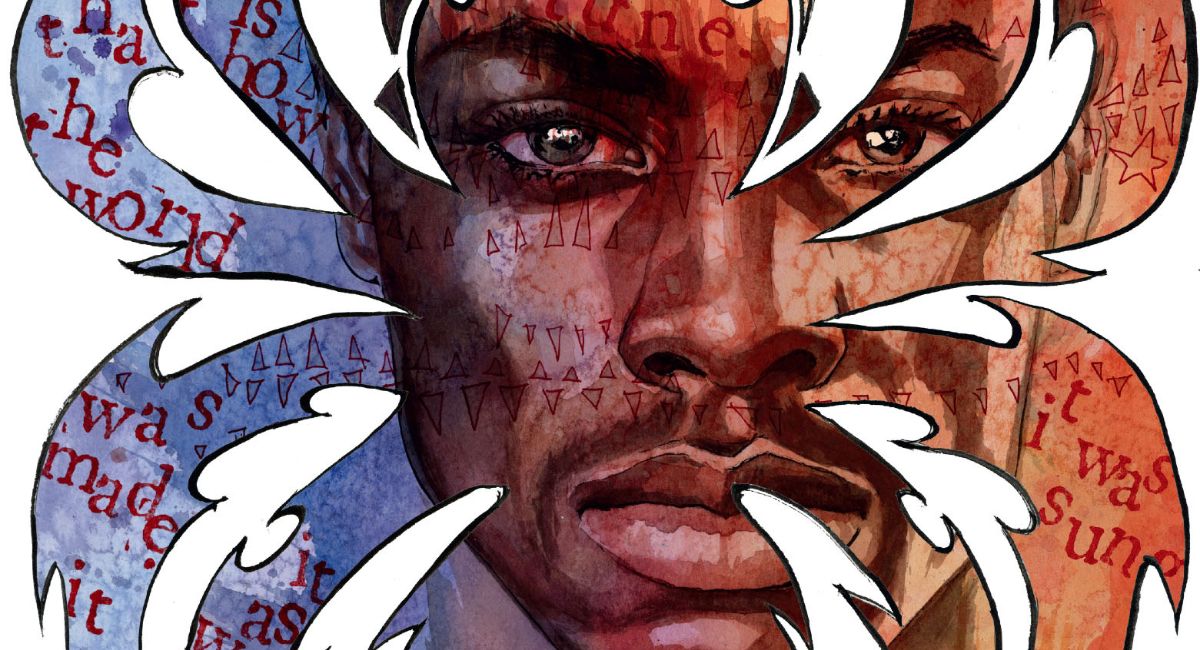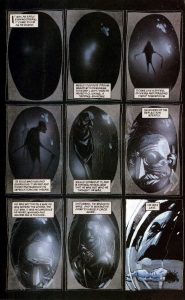
In The Sandman #1, Dream is kidnapped by a group of magicians who were hoping to ensnare Death. They kept him imprisoned, causing havoc across the worlds as is detailed in that series. However, that issue also revealed that the universe tried to replace what was missing. It did so in the form of Wesley Dodds, the dreaming detective, who dressed up in a gas mask and trench coat and hat carrying around a sleep gun as the Golden Age hero, The Sandman.
Early in the launch of Vertigo, building upon some of the foundations lain by Gaiman and his collaborators on The Sandman, one of the building blocks chronicled some of the adventures of Dodds in Sandman Mystery Theatre. It’s one of the line’s underrated gems, delivering many wonderful four-part mysteries, while also chronicling the sometimes rocky romance of Dodds and Dian Belmont.
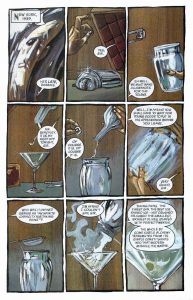
In his introduction to the story in the Midnight Days collection, Gaiman likens his approach to it as taking British pulp adventures in the vein of Dennis Wheatley and Leslie Charteris a modern sensibility, and I think that’s an apt description. A large part of the tale involves a dinner party and the occult organization, perfectly falling within the realm of something like The Devil Rides Out. Only a little more restrained, perhaps echoing more of the fiction of Dion Fortune or Aleister Crowley.
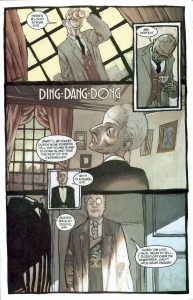
Todd Klein marries his own style used throughout The Sandman, complete with the black background white text splotchy balloons he uses for Dream himself, with the styles John Costanza established for narration boxes and journaling in The Sandman Mystery Theatre. It’s a really nice way to blend the feel of both series with some simple visuals.
While it’s absolutely a celebration of The Sandman and The Sandman Mystery Theatre coming together, Sandman Midnight Theatre from Gaiman, Wagner, Kristiansen, and Klein still stands on its own as a compelling mystery in the tradition of old British pulps.
Sandman Midnight Theatre
Writers: Neil Gaiman (story & dialogue) & Matt Wagner (story & plot)
Artist: Teddy Kristiansen
Letterer: Todd Klein
Publisher: DC Comics / Vertigo
Release Date: July 27, 1995 (original) | July 11, 2012 (deluxe edition)
Available In: The Neil Gaiman’s Midnight Days: Deluxe Edition collection
Read last week’s entry in the Classic Comic Compendium!


